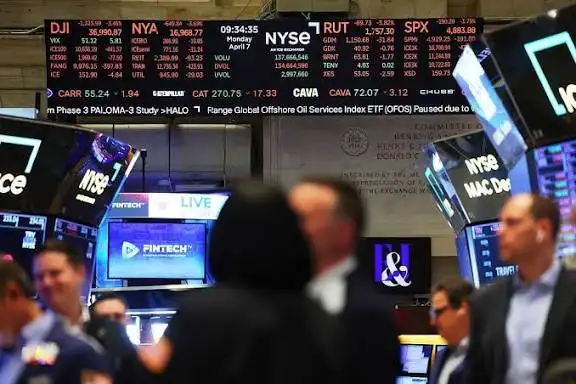Dow Jones Industrial Average experienced a significant decline, dropping 797.60 points, or 1.65%, to close at 47,457.22. This marked its steepest daily drop in over a month, with the S&P 500 and Nasdaq Composite also experiencing losses of 1.66% and 2.29%, respectively.
The downturn was primarily fueled by concerns regarding the Federal Reserve’s monetary policy. Recent comments from Fed officials raised doubts about a possible rate cut in December. Boston Fed President Susan Collins highlighted her hesitation regarding further easing, citing the lack of reliable inflation data due to a recent government shutdown. This uncertainty prompted investors to reassess their expectations, contributing to the market’s decline.
The technology sector faced considerable setbacks, with notable declines in shares: Nvidia fell 3.6%, Tesla dropped 6.6%, and Broadcom declined 4.3%. These losses were attributed to high valuations and investor skepticism about the sustainability of growth in the artificial intelligence sector.
Compounding the market’s volatility was the recent reopening of the U.S. government after a 43-day shutdown, which disrupted the release of crucial economic data. This gap in information made it difficult for investors to accurately assess the state of the economy, leading to increased uncertainty.
In summary, the significant decline in the Dow Jones on November 13 was driven by apprehension surrounding the Federal Reserve’s monetary policies, particularly regarding interest rates, coupled with substantial losses in the technology sector and the fallout from a recent government shutdown that hindered the release of key economic information.












Leave a comment